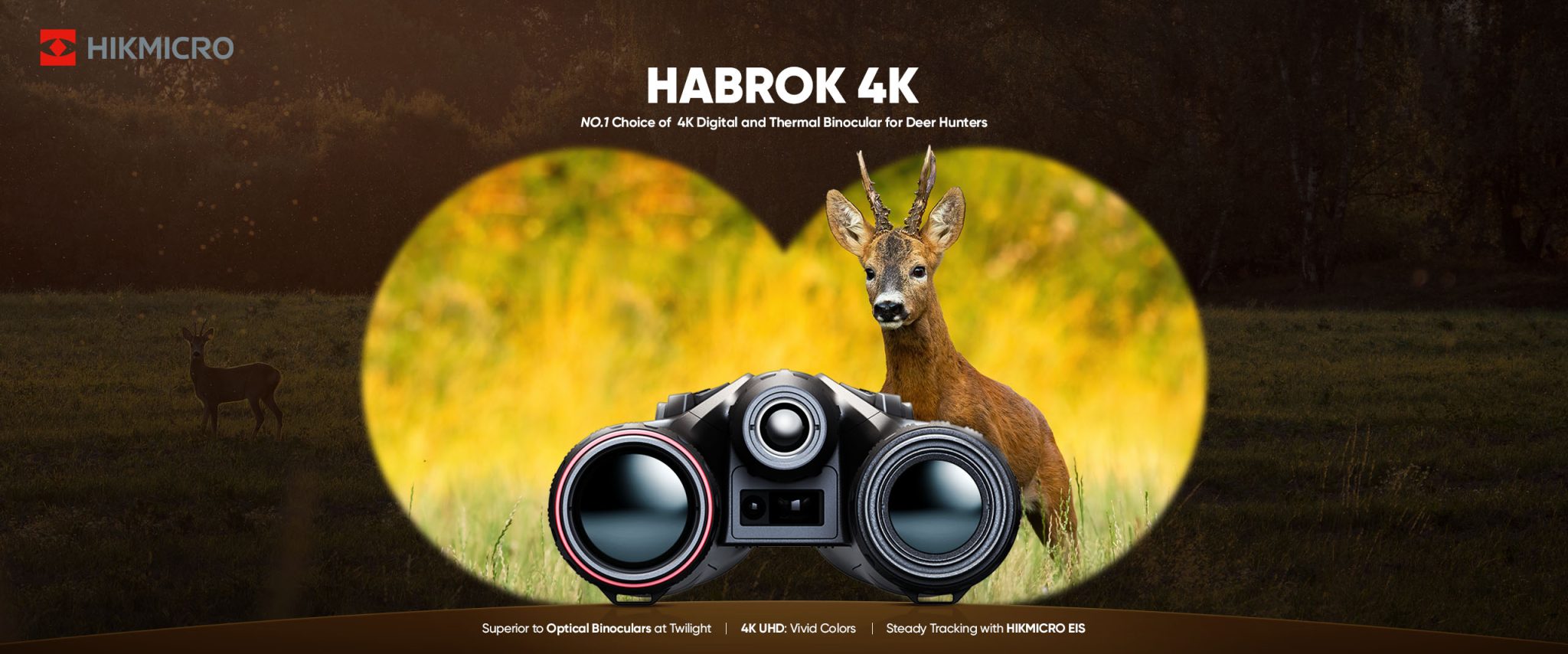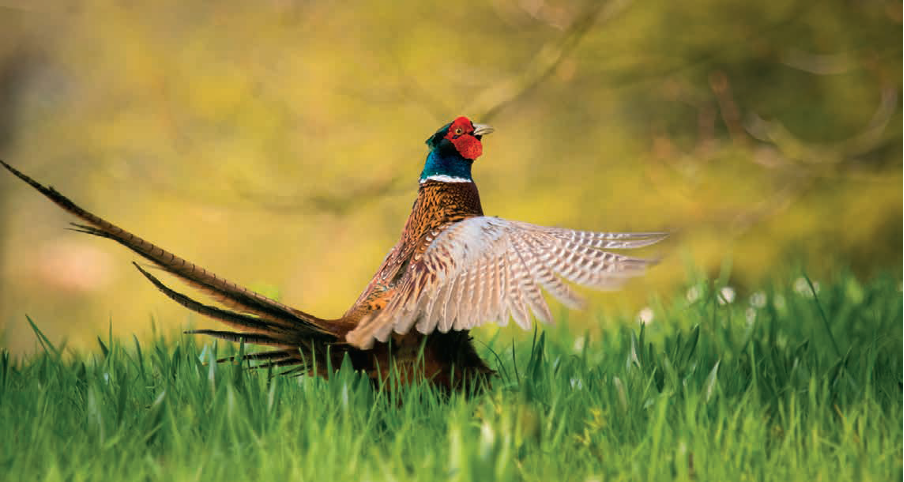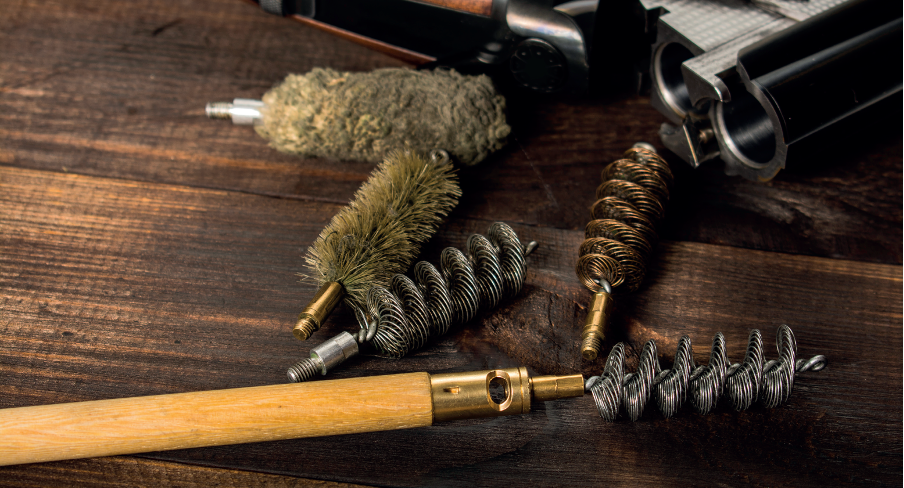News
I spy with my digital eye
<strong>A keeper can’t be everywhere at once, so an extra set of eyes can prove invaluable. Trail cameras keep Des Purdy in touch with all four corners of his shoot</strong>
Would you like to appear on our site? We offer sponsored articles and advertising to put you in front of our readers. Find out more.
If we?re being honest, none of us really has the time to watch everything that goes on around our shoots. We tend to rush from one job to the next, particularly when rearing starts, and consequently we often miss the subtle signs that something may be amiss ? an old fox earth that might now be occupied, or perhaps a set of boot prints that don?t match our own.
An extra few sets of eyes can be invaluable to a keeper. They can look into those quiet corners that don?t get visited as often as we?d like, and reassure us that all is well on our patch.
Recent advances in technology have resulted in significant reductions in the price of trail cameras, and now they can be picked up for comparatively modest sums. These cameras are movement activated by means of a passive infrared detector ? or PIR ? that works on body heat emitted from live objects to trigger the camera to take a picture at distances of up to 20m in cold conditions.
I originally started using trail cameras for monitoring fallow and roe deer numbers. However, I quickly found that not only was I getting lots of photographs of animals I had seen while out stalking, I was also capturing images of animals I had no idea were on the ground, an example being a recent picture of the first muntjac seen in the area for more than 10 years. An additional benefit was that those fleeting glimpses through the undergrowth, in the half-light of evening, were now resolved into crystal clear pictures, giving me an accurate idea of the quality of my deer stock.
The usefulness of these cameras was brought home to me this spring, following the fortuitous removal of a territory-holding dog and vixen within a few days of each other, while out stalking. As the vixen was heavily pregnant at the time, it gave me a certain satisfaction that I?d done a good job for the headkeeper. Complacency about local fox activity was quickly dispelled, when a couple of days later I photographed another fox, brazenly going about its business mid-morning, in the area from which I had just taken the territory-holding pair.
Illuminating the subject
Not only do trail cameras provide you with a good idea of what?s going on in daylight hours, they also produce some remarkably good black-and-white images at night. We have plenty of badgers resident on the grounds and most nights the cameras record pictures of these, as well as significant amounts of deer activity. The trail camera I use does not employ an incandescent flash typical of the sort most hand-held cameras use. Instead, it uses infrared LEDs to illuminate the subject. They are invisible to animals and therefore do not cause them any disturbance. These LEDs provide good illumination of subjects out to about 5m or 6m from the camera.
The cameras are available in a variety of disruptive patterns and blend well into the general scenery of the shoot. They can be secured either to a solid object such as a tree or gate post using a purpose-built cable to prevent theft, or a green bungee elastic can be used. The camera will sit patiently, snapping away for months on end on one set of batteries, recording your pictures on a small memory card of the type used by most digital cameras. For the budding David Attenboroughs out there, many trail cameras now have a video facility, allowing you to switch from stills photography to movie mode. The pictures the camera generates are time and date-stamped, allowing you to get a good understanding of what is going on during any 24-hour period.
There are many obvious applications of trail cameras for gamekeepers, which might be the monitoring of nest sites, or keeping an eye on any Larsen traps that perhaps are being tampered with. A gentle reminder to any dog walkers straying from footpaths can be issued if they?re filmed on camera, as well as alerting you to the time of day of such ingressions that might be disturbing your covers or roosting woods. Recording the illegal activity of poachers may help the police to secure a conviction in the case of more serious offences. A couple of our local keepers are profitably deploying several trail cameras to monitor their shoots for fox activity.
While it?s definitely no replacement for good fieldcraft, the camera patiently observing on your behalf, both day and night, certainly allows you more time to devote to other tasks at the busiest times of the keepering year.
Related articles
News
BASC is here to help on release licences
High bird flu levels have led Defra to be overcautious about licensing but BASC is lobbying for more flexibility, reveals Conor O’Gorman.
By Time Well Spent
News
Protect the next heirloom
We are probably all guilty of being a bit lazy when it comes to cleaning our firearms, but a little time spent now will pay off, insists Felix Petit
By Time Well Spent
Manage Consent
To provide the best experiences, we use technologies like cookies to store and/or access device information. Consenting to these technologies will allow us to process data such as browsing behavior or unique IDs on this site. Not consenting or withdrawing consent, may adversely affect certain features and functions.
Functional Always active
The technical storage or access is strictly necessary for the legitimate purpose of enabling the use of a specific service explicitly requested by the subscriber or user, or for the sole purpose of carrying out the transmission of a communication over an electronic communications network.
Preferences
The technical storage or access is necessary for the legitimate purpose of storing preferences that are not requested by the subscriber or user.
Statistics
The technical storage or access that is used exclusively for statistical purposes.
The technical storage or access that is used exclusively for anonymous statistical purposes. Without a subpoena, voluntary compliance on the part of your Internet Service Provider, or additional records from a third party, information stored or retrieved for this purpose alone cannot usually be used to identify you.
Marketing
The technical storage or access is required to create user profiles to send advertising, or to track the user on a website or across several websites for similar marketing purposes.



